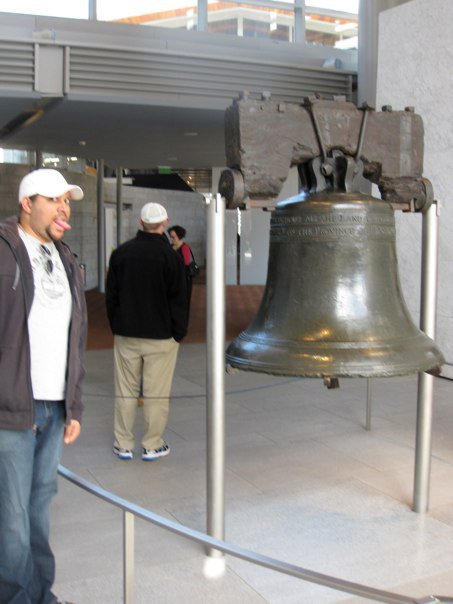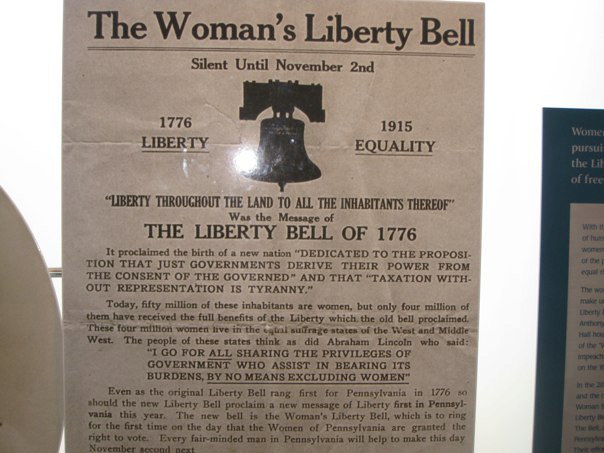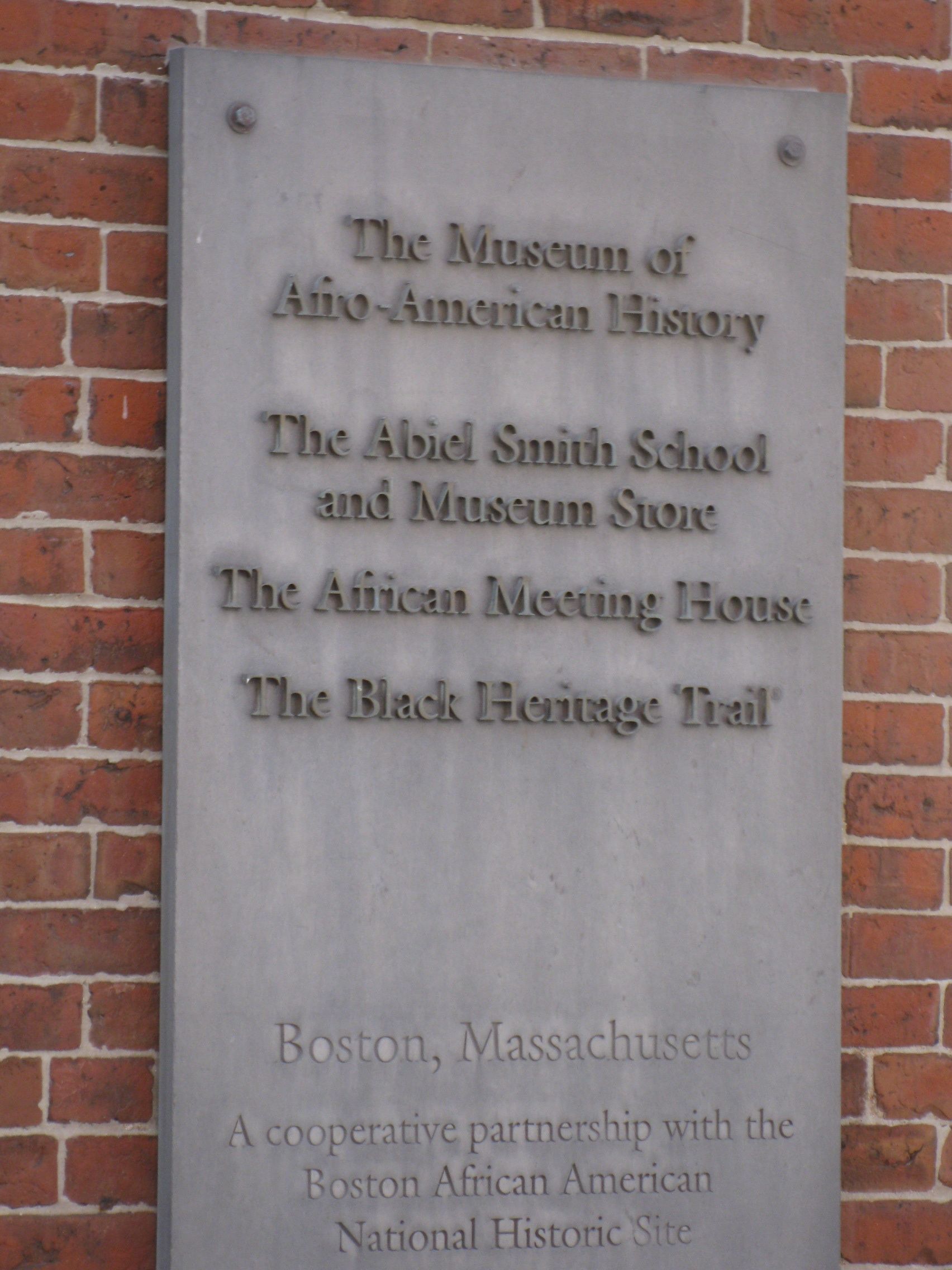In case you were wondering, it turns out that India is also stupid:
A controversial book on Mahatma Gandhi has been banned by the government in his native state of Gujarat. Chief Minister Narendra Modi said that its contents were “perverse and defamed the icon of non-violence”. The book by Pulitzer Prize winning author Joseph Lelyveld contains evidence that India’s independence hero had a homosexual relationship.
I’m not a fan of religion. I am irritated by conservatism. I detest racism, sexism and homophobia. I hate book bans. They have got to be the least useful, most reactionary response to an idea in existence. The entire span of human history is testament to the fact that book bans are a horrible idea. Especially for such petty and transparently ridiculous reasons.
Those of you who know me well know that I am a huge fan of a show called Clone High. It was a one-season Canadian show that caricatured teen shows, through the lens of a high school populated by clones of famous historical characters. The humour of the show came from its completely irreverent humour and fast-paced weirdness:
One of the main characters was a clone of Mohindas Gandhi, re-imagining him as an extremely hyperactive, self-aggrandizing misfit whose entire driving force was to be accepted despite his zany behaviour. Anyone with even faint knowledge of the life of Gandhi knows that this characterization is completely opposite from the actual living person, wherein lies the funny. However, when the show left Canadian television and was rebroadcast around the world, Indians were up in arms over the desecration of their national hero.
And now someone said he was GAY! OMG U GUYZ!
Here’s the thing: as much as India likes to behave as though it is a secular country, many parts of India cling strongly to “traditional values”, meaning hatred of gays and other strog out-group hostility. While we think of India as a single country, it is perhaps better understood as analogous to ancient Greece – a collection of nation-states that are affiliated but by no means homogeneous. Understanding this fact perhaps gives some insight as to why suggesting that Gandhi was anything less than a macho macho man is likely to raise some eyebrows. The fact that they’re talking about Gandhi, someone whose hero worship goes beyond the man himself and takes on a religious fervor just compounds this.
So fine, I can understand people being upset. I can understand people being so upset that they don’t buy the book, or they protest the book, or they produce scathing critiques that show the poor workmanship and revisionist history that went into writing the book. Instead, they chose to try and ban it.
Now I’ve said that banning is a stupid idea, but I haven’t bothered explaining why. Quick show of hands: who would have heard about this if the government hadn’t banned it? Okay, you can put your hands down now – I can’t actually see you. The point is that elevating this book to the level of controversy that it begins to make international headlines only serves to accomplish the exact opposite of what you’re hoping to do with the ban. If the goal of banning the book is to keep people from hearing about the idea, it is an epic level of fail – one of hundreds of biographies of Gandhi has now jumped to the top of several reading lists.
The worst part of this story, incidentally, is the fact that the author actually didn’t say any such thing:
The author of a book on Mahatma Gandhi has said it is “shameful” that it has been banned in India’s western state of Gujarat. Pulitzer Prize-winning author Joseph Lelyveld said the book was banned on the basis of newspaper reviews. He said the reviews had sensationalised his account of Gandhi’s friendship with a German man, who may have been homosexual.
And it seems like the family doesn’t care, even if he did:
Indian writers and relatives of Mahatma Gandhi have protested against the ban. Gandhi’s great grandson Tushar Gandhi said he was against banning of books, and that it did not matter “if the Mahatma was straight, gay or bisexual”. “Every time he would still be the man who led India to freedom”.
Writer Namita Gokhale said she was saddened by the ban. “Every time a book is banned, it saddens me because you simply cannot ban ideas, you cannot ban thoughts.” she said. “In India a democratic space for ideas is a gift and I think banning a book is the most pointless exercise.”
Book bans not only violate the principle of freedom of expression, they also don’t fucking work. It is basically just setting up a giant flag that says “warning: moron approaching”.
And it seems that Canadians are just as stupid:
A Saskatchewan First Nation has banned performances of an acting troupe’s adaptation of an ancient Greek tragedy because one of the characters in the play is a corrupt chief. She said she believes her adaptation of the 2,500-year-old Greek tragedy Antigone offended the leadership of the Poundmaker First Nation.
Psst… Chief Antoine… want to know how to make people suspect that you are corrupt? Take global criticisms of corrupt chiefs personally! I’ve performed an adaptation of Antigone (many many years ago), and done some literary analysis of it. It’s a great story that well encapsulates many of the issues of governance and how personal conflict enters into discussions of principle. It’s a literary classic that has lots of parallels to band governance, regardless of whether or not a given chief is corrupt. However, standing up and banning it is a glaring sign that the criticism hits too close to home, and elevates that criticism to the national level.
Book bans – they do the exact opposite of what you want. Learn it, remember it.
Like this article? Follow me on Twitter!







